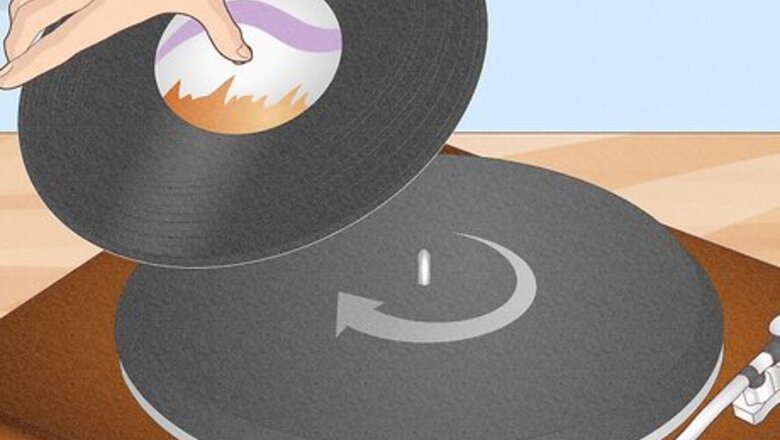
views
- The stylus of the record player vibrates in the grooves of the record, which are cut in the shape of the audio soundwave.
- The vibrations are converted into electrical signals using magnets and a coil.
- The electric signals are sent to an amplifier, which boosts and plays the sound through speakers.
How Record Players Work
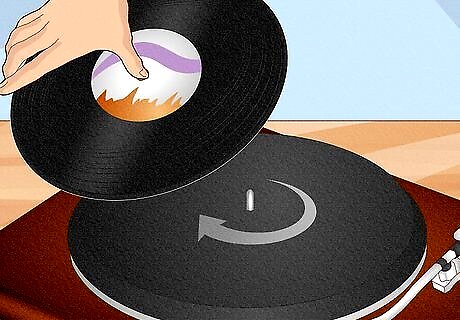
A record spins on a platter. The platter is the part of the record player or turn table that spins the record. An electric motor spins the platter directly, or by using a belt. The platter has a rod in the center that holds the record in place. Most record players and turntables have multiple speeds that you can select. These speeds are measured in rotations per minute, or RPM. The two most common record speeds are 33⅓ RPM and 45 RPM, though some older records are played at 78 RPM. The platter is usually covered with a platter mat that protects the record from getting scratched. The platter mat can be made out of rubber, felt, cork, or other soft material.

The tonearm is placed on the record. The tonearm is the long arm that is placed on the record. The end of the tonearm that makes contact with the record contains a cartridge, which contains the stylus, cantilever, magnet, and electric coils.
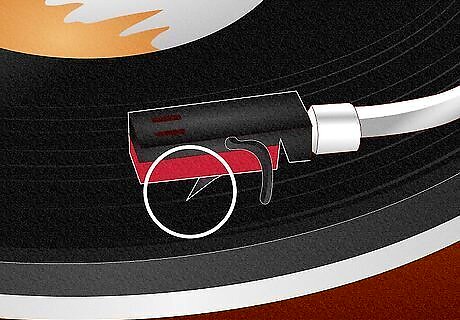
The stylus (needle) rests against the record's grooves. The stylus, or needle, is a cone-shaped piece that sits at the end of a long stem called a cantilever. The stylus is usually made out of diamond or some other type of industrial gemstone. The grooves of the record are cut in the shape of sound waves. The stylus vibrates using both the left and right sides of the grooves, which correspond to the left and right stereo speaker channels. The tonearm also usually has a counterweight on the end to keep the stylus from pressing down on the record too hard and damaging it.
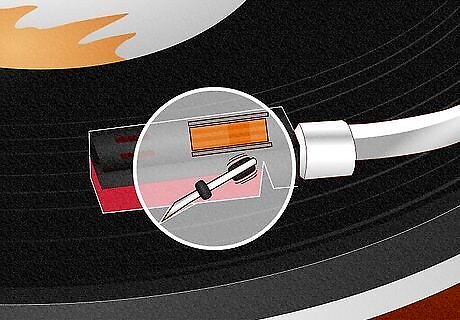
The vibrations from the stylus are converted into electrical signals. The cantilever, which has the stylus on one end, has a magnet on the other end. The magnet sits between two electric coils corresponding to the left and right stereo channels. The coils detect the movement of the magnet and convert that energy into electrical signals.
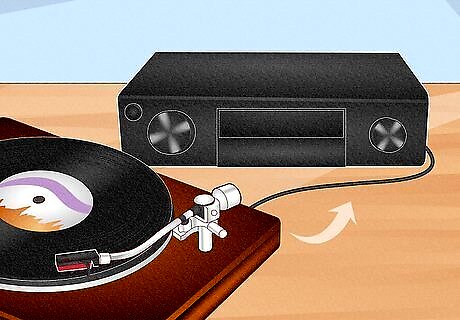
The electrical signals are amplified. After the vibrations are converted into electrical signals, the electrical signals are sent through wires down the tonearm, where they are amplified using a pre-amp or an amplifier. Also, the electrical signals from the left and right sides of the record grooves are separated into two separate channels.
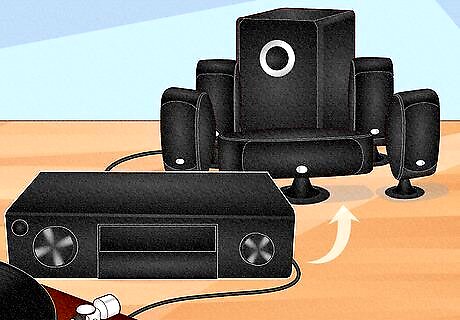
The electrical signals are played through speakers as sound. After the electrical signals are amplified, they are sent to your speakers. The cones of the speakers move back and forth to create sound vibrations that our ears hear as music. This is how a record player converts the grooves on a record into sound that we can enjoy.
What's the difference between a record player and a turntable?
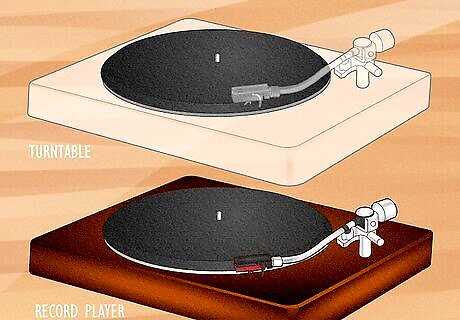
The terms "record player" and "turntable" are used interchangeably, but there is a difference. A turntable is a component of a record player, consisting of the motor and platter on which you rest the record. In basic terms, the turntable is a part of a record player, but not the record player itself. The record player needs to be connected to a stereo receiver, amplifier, or loudspeaker in order to play sound, and the turntable is simply a component of the record player. If you are thinking about buying a record player or turn table, find out how to shop for one.
How Vinyl Records are Made
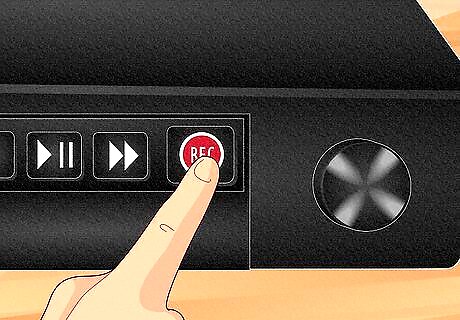
A song or album is recorded. Before a record can be produced, a song or album must be recorded. Today, most albums and songs are recorded using digital equipment, but in the old days, they would have used tape. A sound engineer will master the audio before cutting the record.
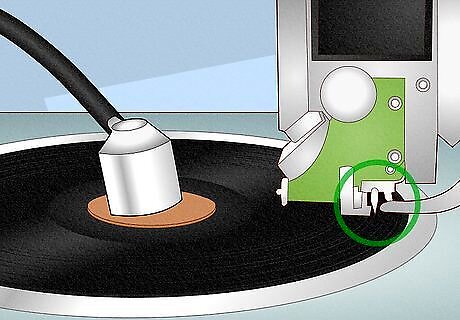
The master recording is cut into a lacquer disk. After the master recording is mixed and leveled by a sound engineer, the studio amps are connected to a lathe that cuts records. A blank lacquer disk is placed on the lathe and a ruby stylus cuts grooves in the shape of the sound waves into the lacquer disk as the master recording plays. After the disk has been cut, the sound engineer will assess it for issues. If they are happy with the cut, they will put a serial number and their signature on it. This disk becomes the mother disk.
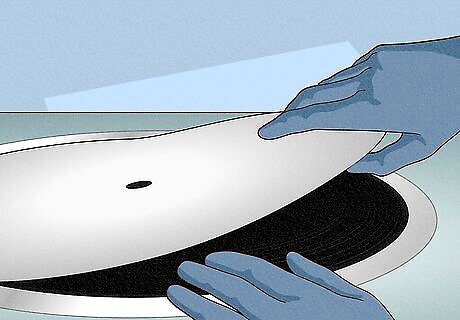
The lacquer disk is used to create master stampers. After the mother disk is created, it is cleaned and then coated with a mix of liquid silver and nickel. Once the liquid metal sets into the grooves and hardens, the metal layers are removed from the lacquer disk. The metal layers contain a negative printing of the record, which is etched instead of grooved. These are the master stampers, which are used to press the records during the manufacturing process.
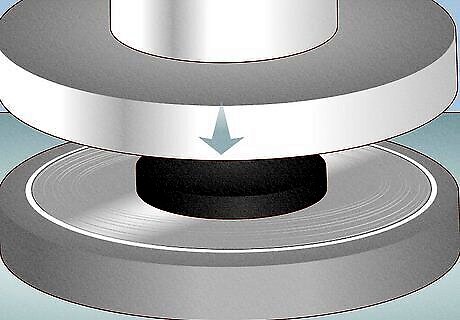
The stampers are used to press the records. The records are made out of polyvinyl chloride pellets, which are melted down into a puck, called a "biscuit." The side-A and side-B stampers are placed on a press, with the labels placed in the center. The biscuit is placed in the center of the press and heated to a high temperature to make it soft and malleable. The press then applies over 60 tons of pressure to the biscuit, pressing it into the shape of a vinyl record with the grooves cut into it. Once the record cools, the excess vinyl is shaved off the sides and melted down for re-use.
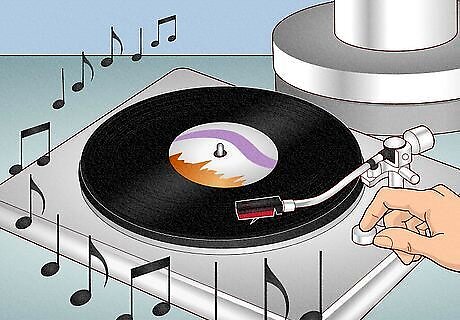
The records are inspected by quality assurance. Before the records are packed into the sleeves, quality control agents need to listen to the entire record to check for ticks, pops, and other noises that may have occurred as a result of the pressing process. If the record is good, they will sign off on it, and the record will be packaged in the sleeve and shipped.

















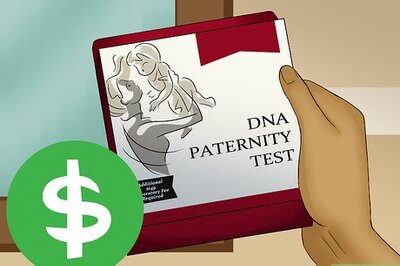


Comments
0 comment